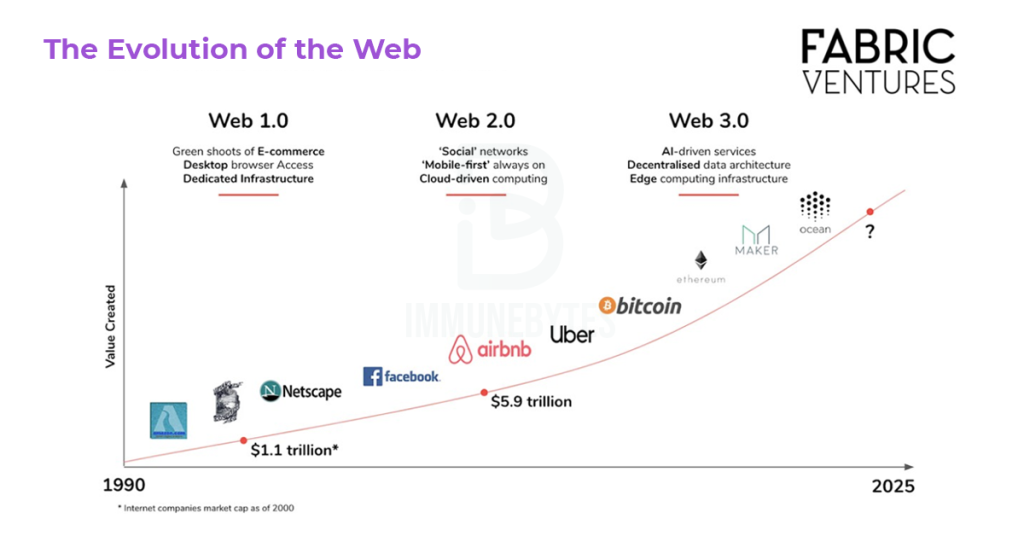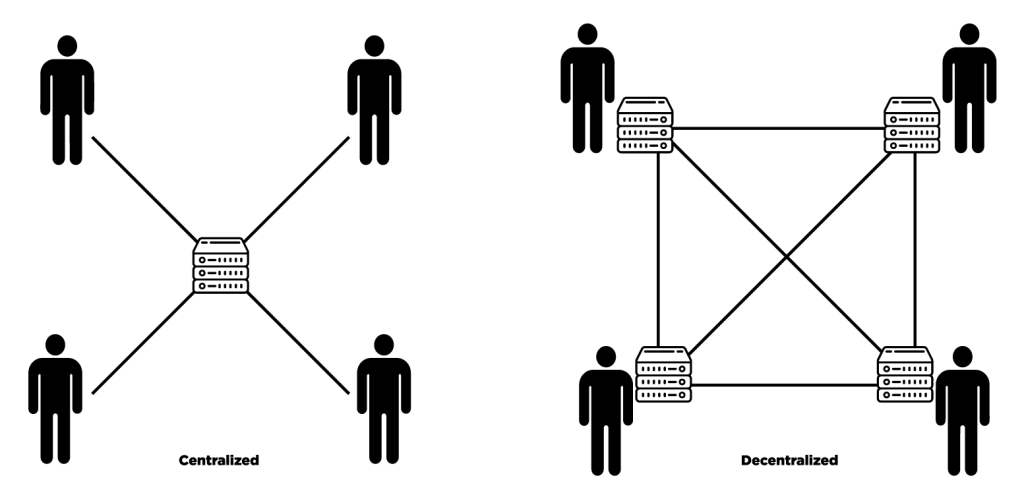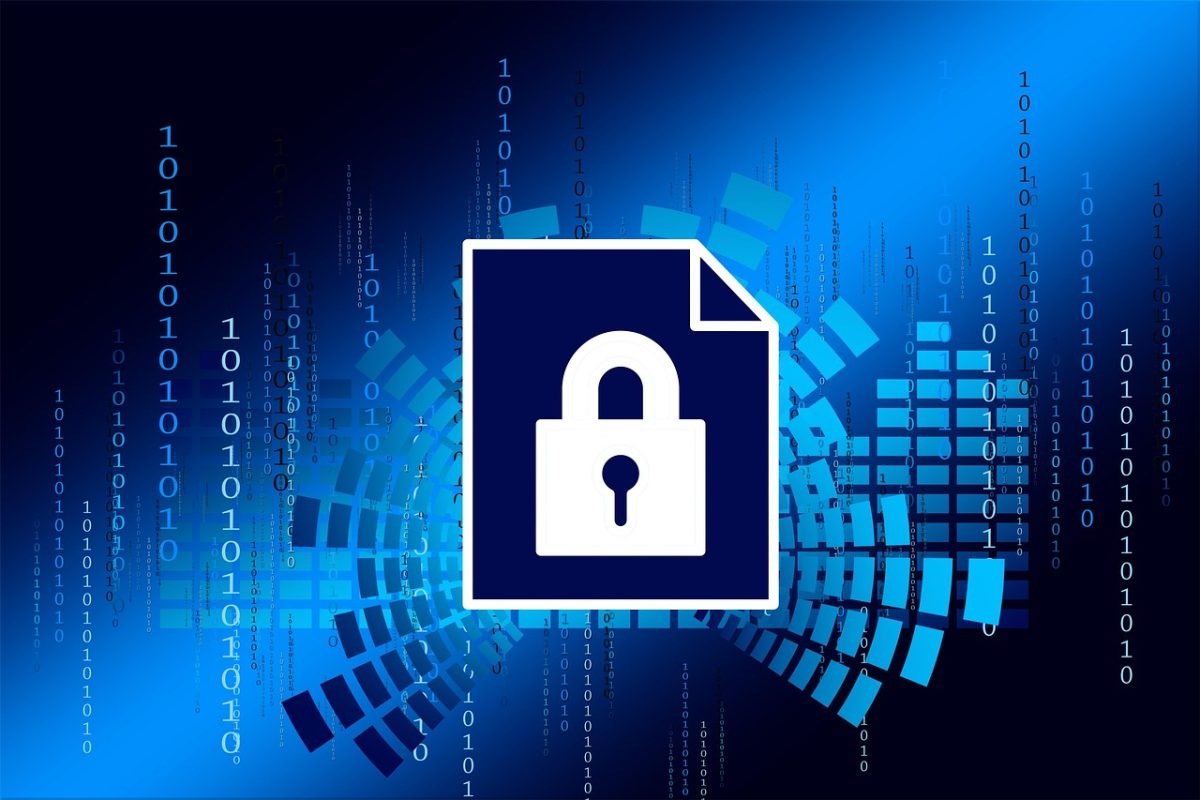Web 3.0: Unleashing the Power of Crypto, Blockchain, and Decentralized Technologies
Web 3.0 refers to the next generation of the internet that is envisioned to revolutionize how we interact, communicate, and transact online. It is often referred to as the “decentralized web” because it aims to address some of the limitations and challenges of the current web (Web 2.0) by leveraging emerging technologies such as blockchain, decentralized networks, and smart contracts.

The Internet has undergone significant transformations since its inception, from the static websites of Web 1.0 to the interactive and social platforms of Web 2.0. However, the rapid advancements in technology have paved the way for an even more revolutionary phase – Web 3.0. Web 3.0 is a paradigm shift that brings together various cutting-edge technologies like cryptocurrencies, blockchain, and decentralized networks to create a more open, secure, and efficient web ecosystem.
In this blog, we will delve into the world of Web 3.0, exploring its key components, features, and potential applications. We will analyze how crypto, blockchain, and decentralized technologies play vital roles in this new era, and examine the challenges and opportunities they present. Moreover, we will discuss the impact of Web 3.0 on various industries and how individuals and businesses can embrace this transformation. So, let’s embark on this exciting journey to uncover the power of Web 3.0.
The Evolution of the Web: From Web 1.0 to Web 3.0
In this section, we will take a walk down memory lane to understand the different phases of the internet and how they have shaped the digital landscape we know today. We will see the limitations of Web 1.0 and Web 2.0, which laid the groundwork for the emergence of Web 3.0.

Web 1.0: The Static Web Web 1.0 was characterized by static websites that provided limited interaction with users. The focus was on one-way communication, where content was simply presented to visitors without much scope for user engagement. We will discuss the challenges of this early version of the web and how it paved the way for further development.

Web 2.0: The Social Web With the advent of Web 2.0, the internet became more interactive and social. Social media platforms, user-generated content, and collaborative tools became mainstream, transforming the way people connect and share information online. We will explore the key features of Web 2.0 and its significance in shaping the modern web.
The Need for Web 3.0 As the limitations of Web 2.0 became evident, the need for a more robust and decentralized web ecosystem emerged. We will discuss the motivations behind the development of Web 3.0 and how it addresses the issues faced by its predecessors.
Understanding Crypto, Blockchain, and Decentralized Technologies
In this section, we will provide a comprehensive overview of the three core components of Web 3.0: cryptocurrencies, blockchain, and decentralized technologies. We will explore the fundamental concepts and mechanics of each of these elements.

Crypto: A Revolution in Digital Currencies Cryptocurrencies, led by Bitcoin, have disrupted the traditional financial landscape by offering decentralized and digital alternatives to fiat currencies. We will delve into the underlying technology of cryptocurrencies, known as blockchain, and its role in enabling secure, transparent, and tamper-resistant transactions. Additionally, we will discuss the impact of cryptocurrencies on the global economy and the challenges and opportunities they present to the financial sector.
Blockchain: The Backbone of Web 3.0 Blockchain technology is the foundational pillar of Web 3.0, providing the infrastructure for decentralized networks and applications. We will explore the critical components of a blockchain, such as consensus mechanisms, smart contracts, and immutability. Moreover, we will look into the different types of blockchains and their use cases in various industries, including finance, supply chain, and healthcare.
Use Cases of Blockchain

Decentralized Technologies: Shaping the Future Beyond cryptocurrencies and blockchain, various other decentralized technologies are shaping the future of the web. Decentralized storage, identity management, and governance systems are some of the innovations contributing to the vision of a more decentralized Internet. We will analyze these technologies and their potential to revolutionize how data is stored, managed, and controlled.
Key Features and Characteristics of Web 3.0
In this section, we will explore the fundamental features and characteristics that set Web 3.0 apart from its predecessors. These defining traits make Web 3.0 a transformative force in the digital landscape.
Interoperability and Data Sharing Web 3.0 aims to break down data silos and enable seamless data sharing between different platforms and applications. We will discuss the importance of interoperability and how it fosters innovation and collaboration across the web.
Trust and Security through Decentralization Decentralized technologies offer enhanced trust and security, reducing the need for intermediaries and single points of failure. We will examine how decentralization improves data integrity, mitigates cyber threats, and empowers users to have complete control over their digital assets.

Enhanced Privacy and Data Ownership Privacy is a significant concern in the digital age, and Web 3.0 seeks to address this issue through privacy-focused solutions. We will explore techniques like zero-knowledge proofs and decentralized identity systems that grant individuals greater control over their data.
Tokenization and Digital Assets Tokens, built on blockchain technology, enable the representation of real-world assets in a digital format. We will discuss the concept of tokenization and its potential to transform various industries, such as real estate, art, and intellectual property rights.
Smart Contracts and Decentralized Applications (DApps) Smart contracts are self-executing agreements that run on blockchain networks, automating processes without the need for intermediaries. We will explain how smart contracts function and the development of decentralized applications (DApps) that leverage these contracts to offer innovative solutions.
Use Cases and Applications of Web 3.0
In this section, we will explore various use cases and applications of Web 3.0 across different industries. These examples demonstrate how the integration of crypto, blockchain, and decentralized technologies can solve real-world challenges and bring about positive change.
Financial Services and Decentralized Finance (DeFi) Decentralized finance (DeFi) has emerged as one of the most promising use cases of Web 3.0. We will examine how DeFi platforms enable peer-to-peer lending, staking, yield farming, and other financial services without traditional intermediaries.

Supply Chain and Logistics Blockchain technology offer increased transparency and traceability in supply chains, reducing fraud and improving product provenance. We will explore how companies are leveraging blockchain for supply chain management and logistics.
Healthcare and Medical Records Decentralized technologies can enhance the security and accessibility of medical records while ensuring patient privacy. We will discuss how blockchain-based solutions are revolutionizing healthcare data management.
Voting and Governance Blockchain can facilitate secure and tamper-resistant voting systems, transforming the way elections and governance processes are conducted. We will explore the potential of blockchain in enhancing democratic practices.
Gaming and Virtual Worlds Blockchain technology introduces novel concepts like non-fungible tokens (NFTs) that enable actual ownership of in-game assets. We will examine how blockchain is disrupting the gaming industry and creating new opportunities for gamers and developers.
Challenges and Limitations of Web 3.0
Despite the vast potential of Web 3.0, it also faces several challenges and limitations that need to be addressed for widespread adoption and success. In this section, we will discuss the roadblocks that Web 3.0 technologies are currently facing.
Scalability and Performance Issues Blockchain networks often struggle with scalability, leading to slow transaction times and high fees. We will explore the scalability solutions being developed to overcome this bottleneck.
Regulatory and Legal Concerns The decentralized nature of Web 3.0 presents regulatory challenges, especially concerning financial services and data privacy. We will examine how governments and organizations are navigating the legal landscape.
User Experience and Adoption Hurdles User-friendly interfaces and smooth experiences are critical for mass adoption. We will discuss the importance of improving the user experience to attract a broader audience to Web 3.0 applications.
Environmental Impact The energy consumption of some blockchain networks has raised concerns about their environmental impact. We will explore the ongoing efforts to create more eco-friendly consensus mechanisms.
The Role of Cryptocurrencies in Web 3.0
Cryptocurrencies play a pivotal role in the development and growth of Web 3.0. In this section, we will explore the significance of cryptocurrencies, focusing on some of the most influential digital assets.
Cryptocurrencies

Bitcoin: The Pioneering Digital Gold Bitcoin, as the first cryptocurrency, has paved the way for the broader adoption of digital currencies. We will discuss its characteristics, use cases, and its role in the future of finance.
Ethereum: The Platform for Innovation Ethereum stands out for its programmable blockchain, enabling the creation of smart contracts and DApps. We will explore how Ethereum has revolutionized the blockchain landscape and its potential for further growth.
Other Promising Cryptocurrencies Beyond Bitcoin and Ethereum, there is a vast array of promising cryptocurrencies and tokens. We will highlight some notable projects and their unique contributions to Web 3.0.
Embracing Web 3.0: Steps for Individuals and Businesses
Wallets and Security Measures A secure digital wallet is essential for storing and managing cryptocurrencies and digital assets. We will discuss the different types of wallets and best practices for safeguarding assets.
Participating in Decentralized Networks Becoming an active participant in decentralized networks involves contributing to the governance and security of blockchain platforms. We will explore how individuals can engage with decentralized networks.
Investing in Crypto and Diversification For individuals interested in investing in cryptocurrencies, understanding the risks and benefits is crucial. We will provide insights into cryptocurrency investment strategies and the importance of diversification.
Integrating DApps and Blockchain Solutions For businesses, integrating DApps and blockchain solutions can improve efficiency and transparency. We will discuss potential use cases and the steps involved in adopting these technologies.
Navigating the Transition from Web 2.0 to Web 3.0 Transitioning from Web 2.0 to Web 3.0 requires a shift in mindset and understanding. We will explore how individuals and organizations can embrace this change and stay ahead in the evolving digital landscape.
Web 3.0: The Future of the Internet
Predictions and Trends Industry experts and thought leaders have made various predictions about Web 3.0. We will compile some of these predictions and analyze the potential trends that may shape the development of the Internet.
Impact on Global Economy and Society Web 3.0 has the potential to disrupt existing industries and create new economic opportunities. We will explore how Web 3.0 technologies may impact the global economy and job markets.
Web 3.0 and the Democratization of Technology Web 3.0 has the potential to democratize access to information, services, and financial opportunities. We will discuss how it empowers individuals and reduces disparities in technology access.
Conclusion
The key takeaways from this blog emphasize the transformative power of Web 3.0. We will encourage readers to explore and embrace the opportunities presented by crypto, blockchain, and decentralized technologies. Additionally, we will reiterate the importance of staying informed and proactive in navigating the dynamic landscape of Web 3.0 to shape a better future for the Internet and society as a whole.








